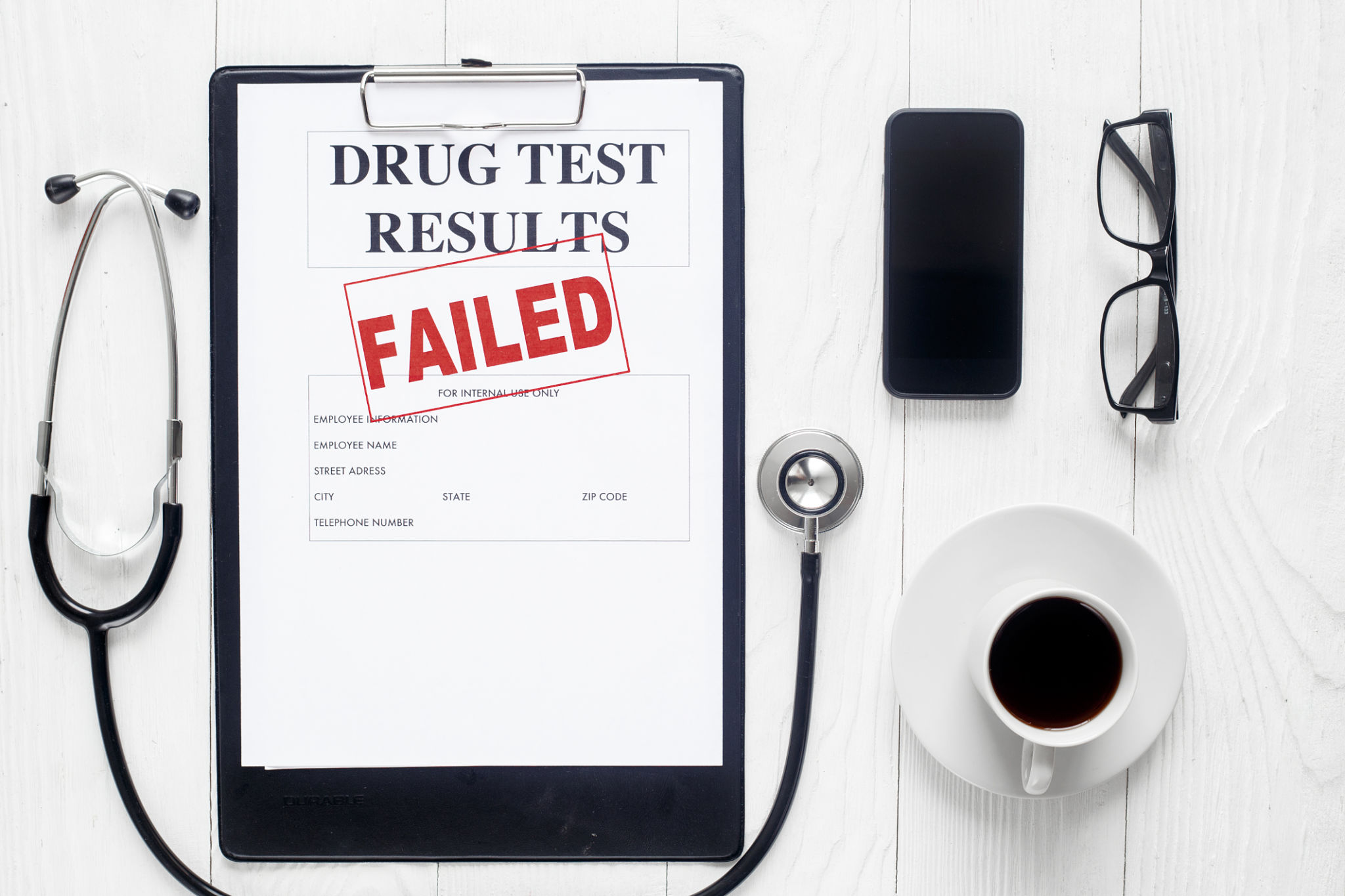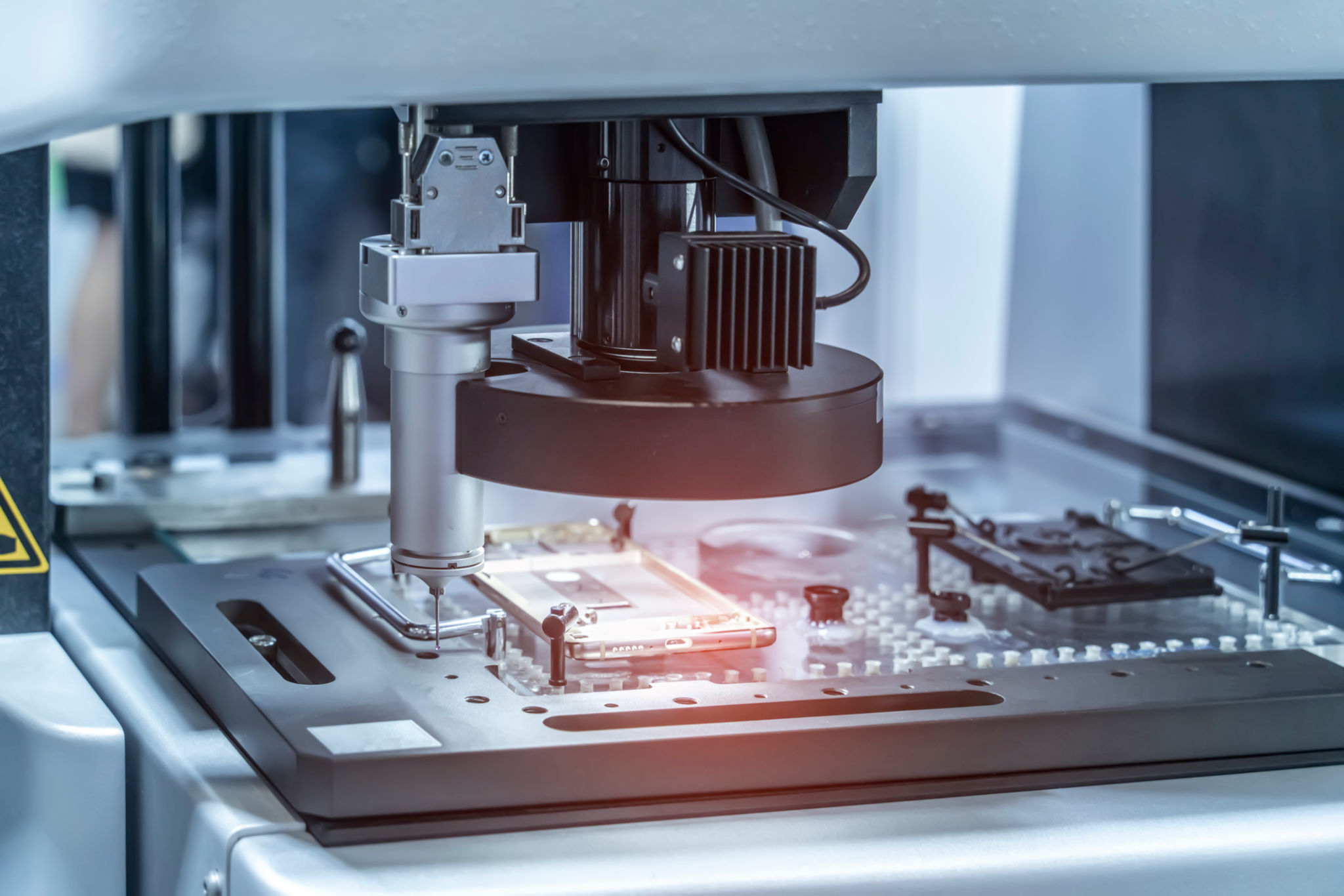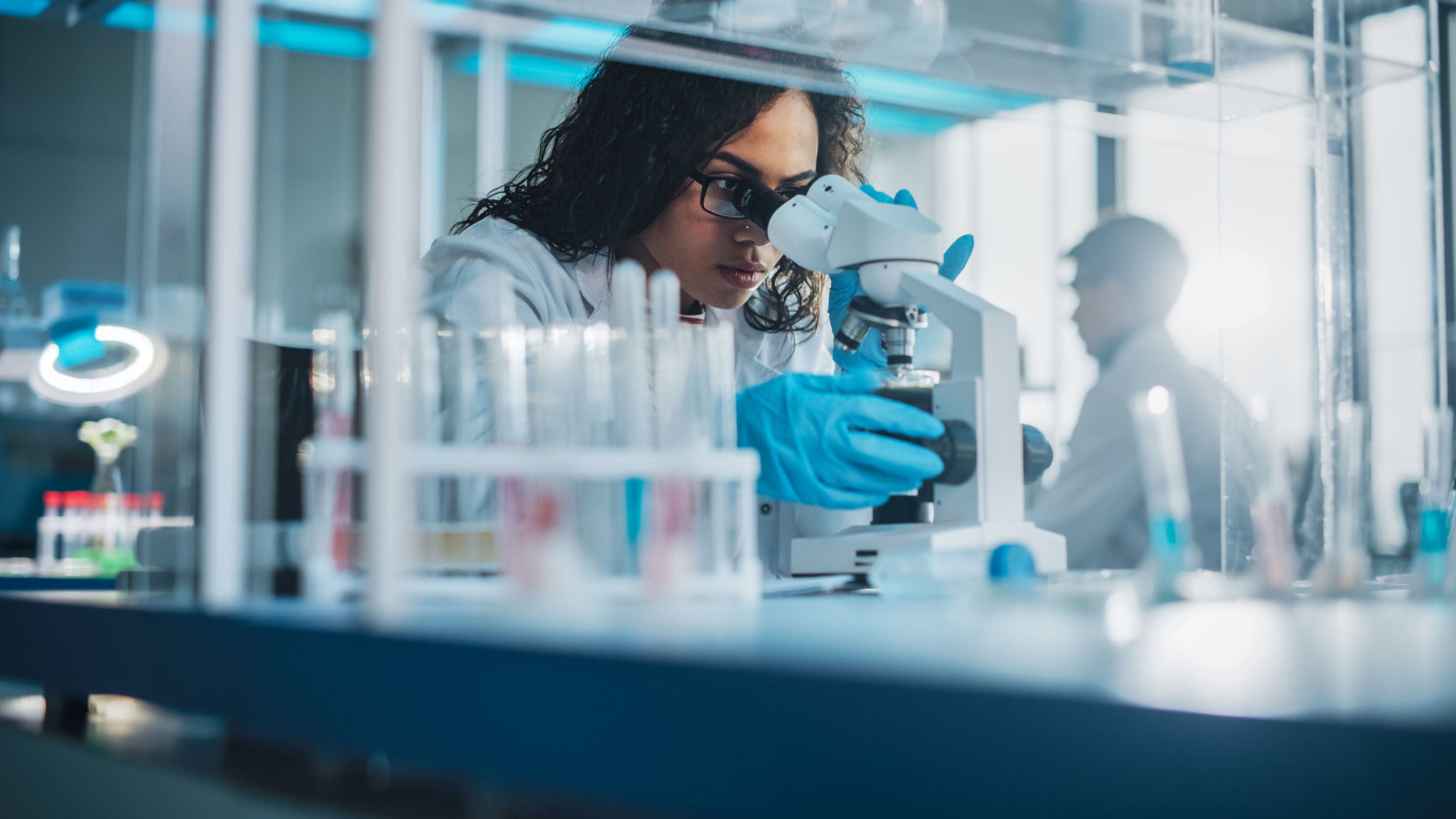How Mobile Drug Testing Works: A Step-by-Step Guide
Introduction to Mobile Drug Testing
Mobile drug testing has become an increasingly popular solution for organizations looking to maintain a safe and compliant workplace. By bringing testing directly to the site, companies can save time and resources while ensuring that employees are tested in a professional and discreet manner. But how exactly does mobile drug testing work? This step-by-step guide will walk you through the process.

Step 1: Scheduling the Test
The first step in the mobile drug testing process is scheduling the test. Companies can schedule tests based on their specific needs, whether it's for pre-employment screening, random testing, or post-accident investigations. Mobile drug testing providers typically offer flexible scheduling options to accommodate a variety of business hours and requirements.
Step 2: Arrival of the Mobile Unit
Once the test is scheduled, a mobile unit arrives at the designated location. These units are equipped with everything needed to conduct a drug test, including privacy screens, collection materials, and secure storage for samples. The arrival of the unit is discreet, ensuring minimal disruption to the workplace environment.

Step 3: Conducting the Test
With the mobile unit in place, trained professionals conduct the drug tests. There are several types of tests that can be administered, including urine, saliva, hair, and breath tests. The choice of test depends on the substances being screened for and the company's policy.
Urine tests are the most common, as they can detect a wide range of substances and are relatively non-invasive. Saliva tests are also popular due to their quick results and ease of administration.
Step 4: Sample Collection and Handling
The sample collection process is performed under strict guidelines to ensure accuracy and prevent tampering. Professionals follow a chain of custody procedure, which documents each step of the process from collection to analysis. This ensures that the samples are handled with integrity and that results are reliable.

Step 5: Analysis of Results
After collection, samples are sent to a certified laboratory for analysis. The lab uses advanced technology to detect the presence of drugs or alcohol in the samples. Results are typically available within a few days, and some mobile testing providers offer rapid tests for immediate results.
Step 6: Reporting and Follow-Up
Once the analysis is complete, results are reported back to the employer. These reports include detailed information about which substances were detected and at what levels. Employers can then take appropriate action based on their company policies, whether it involves further investigation, disciplinary action, or support for employee rehabilitation.

Benefits of Mobile Drug Testing
Mobile drug testing offers numerous benefits over traditional off-site testing methods. It reduces downtime by eliminating the need for employees to travel to a testing facility, thus increasing productivity. Additionally, it allows for more flexibility in scheduling and ensures that testing is conducted in a controlled environment.
Furthermore, mobile testing enhances confidentiality and convenience, making it an ideal choice for companies looking to implement or improve their drug testing programs.
Conclusion
Mobile drug testing is an efficient and effective way to maintain a drug-free workplace. By understanding how it works, companies can better appreciate its advantages and incorporate it into their safety protocols. Whether it's for routine checks or emergency situations, mobile drug testing offers a seamless solution for maintaining workplace safety and compliance.